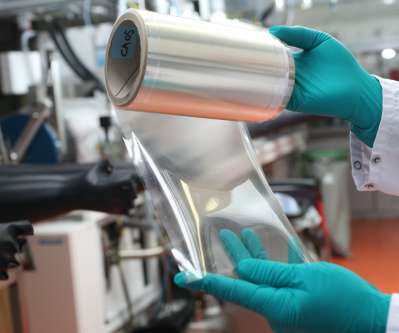Argonne-led team develops new low-cost cobalt-based catalyst for PEM electrolysis
Green Car Congress
MAY 31, 2023
A multi-institutional team led by the US Department of Energy’s (DOE) Argonne National Laboratory (ANL) has developed a low-cost cobalt-based catalyst for the production of hydrogen in a proton exchange membrane water electrolyzer (PEMWE). The cathode catalyst yields hydrogen, while the anode catalyst forms oxygen.







































Let's personalize your content